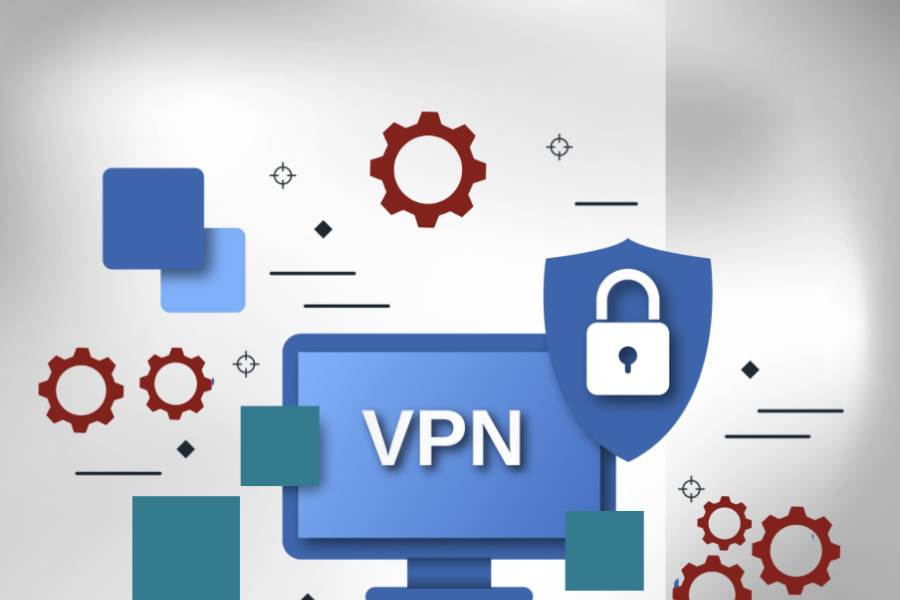Changes and upgrades to Stanford Zoom will further enhance the security of the service.
Stanford Zoom will no longer use data centers in China and Hong Kong
As a precautionary measure arising from privacy and security concerns, Stanford University will no longer use Zoom data centers in mainland China and Hong Kong beginning on Wednesday, April 29, at 7 p.m. PDT. This decision is informed by Zoom’s recommended settings combined with input from the Information Security Office.
The change will not impact most Stanford Zoom users. However, those connecting to Stanford Zoom meetings from mainland China and Hong Kong should be aware of the following:
- Video connections will automatically route to one of Zoom’s data centers located outside of China and Hong Kong. In some cases, this may reduce video quality due to increased internet delays or bandwidth constraints.
- The “Call Me” audio conference option will no longer be available for meetings and webinars. Additionally, the “Phone Call” option will no longer include local dial-in numbers for China and Hong Kong. Instead, users should choose “Computer Audio” when joining from a computer or use the built-in audio on mobile devices. In limited cases, this may reduce audio quality due to increased internet delays or bandwidth constraints.
Zoom launches version 5.0
With the launch of version 5.0 on April 27, 2020, Zoom provides strengthened encryption for increased privacy of meeting content. You’ll see a new shield icon in the upper left of your Zoom meeting window to indicate the meeting encryption status. For more information on Zoom updates and changes, go to Stanford Zoom Updates.
To join Stanford Zoom meetings, Zoom users must upgrade to version 5.0 by May 30, 2020. This upgrade requirement is imposed by Zoom.
Get help
Should you encounter issues that may be a result of this change, please contact the Stanford University IT Service Desk at 650-725-4357 (5-HELP) or submit a Zoom Help request.
Learn more
- For information on recommended Zoom settings and controls, visit How to Protect Your Zoom Meetings.
- To learn more about Stanford resources for distributed work, visit Resources for Telecommuting and Remote Work.



